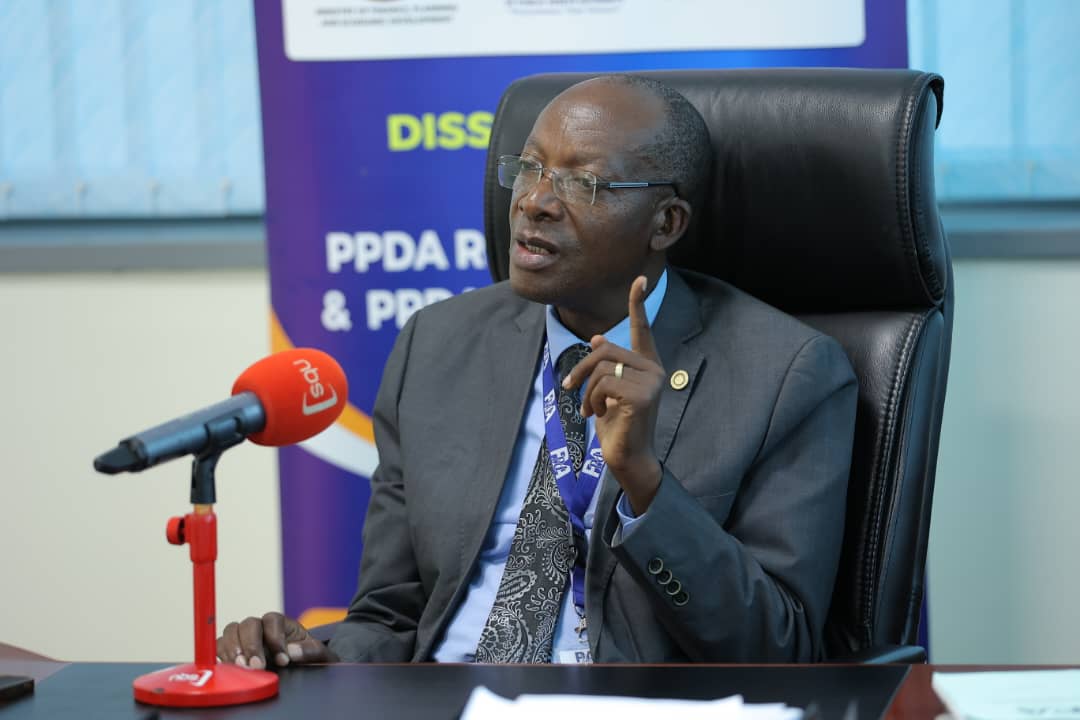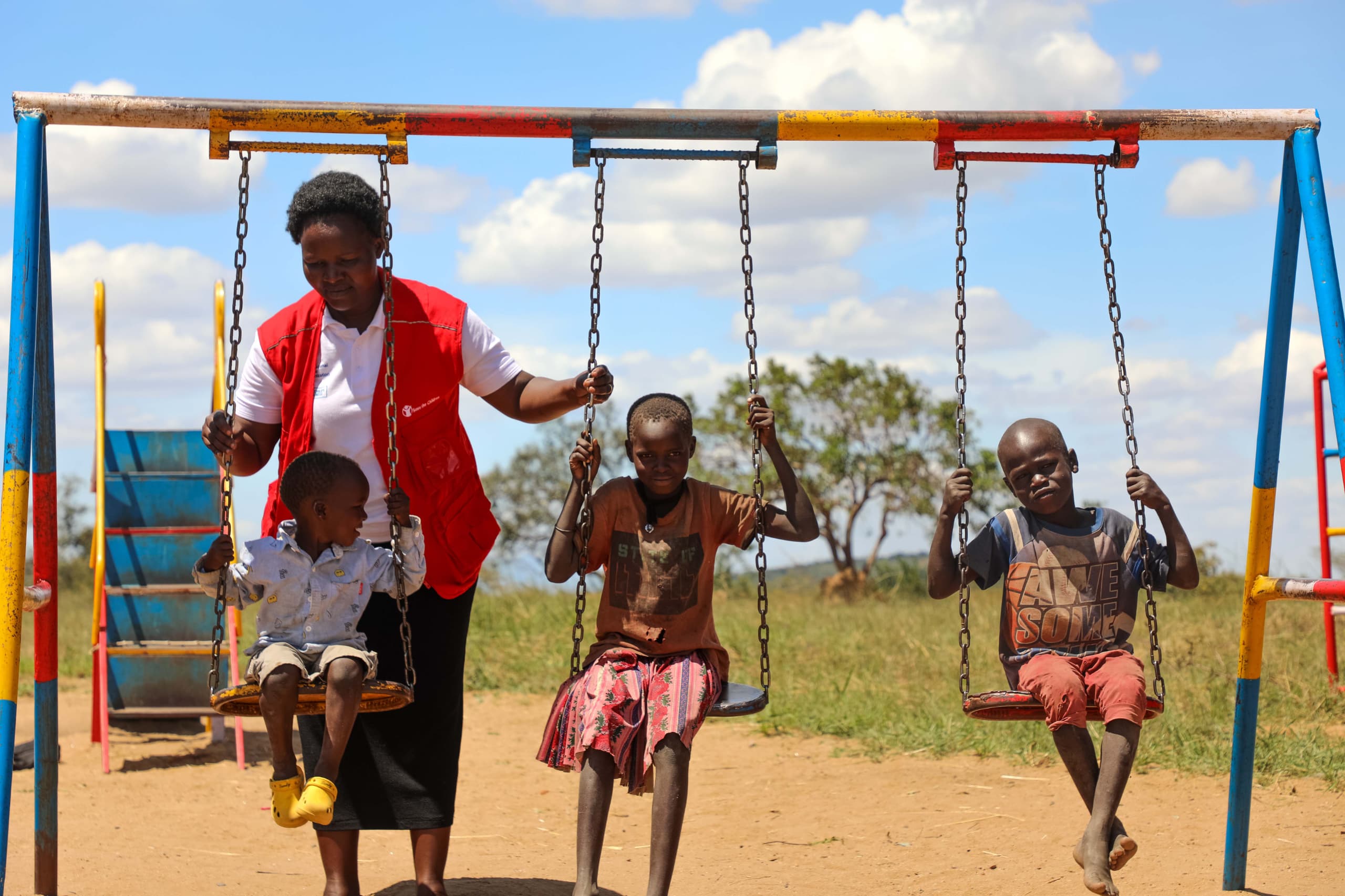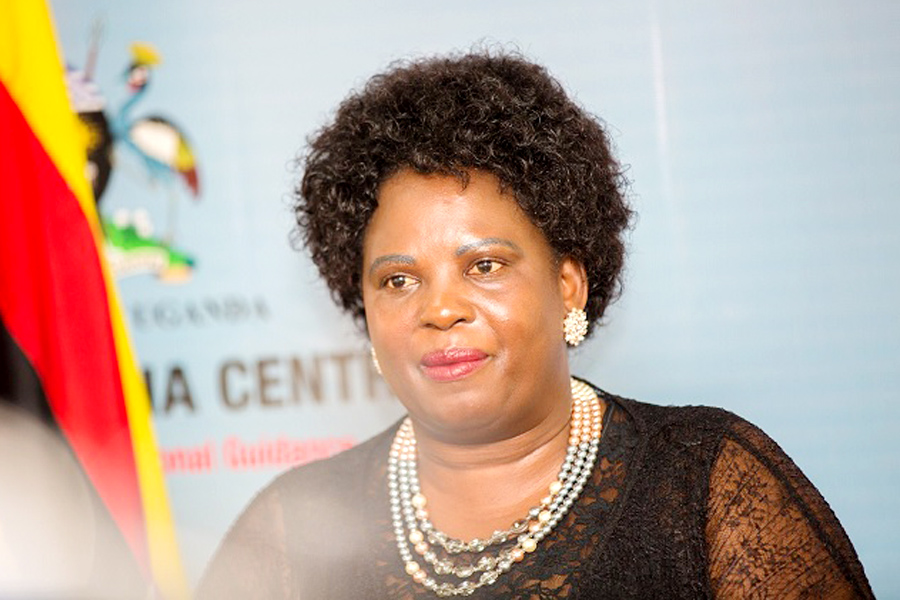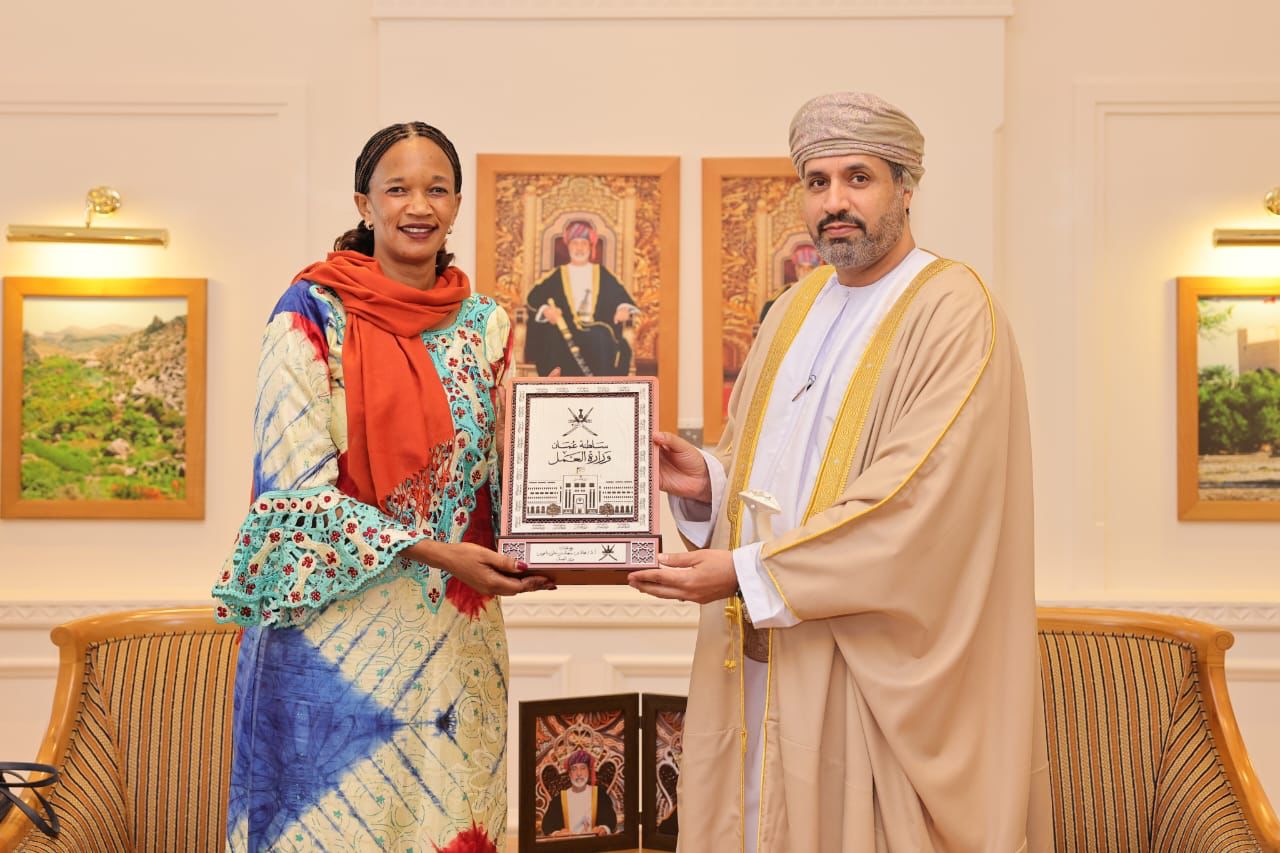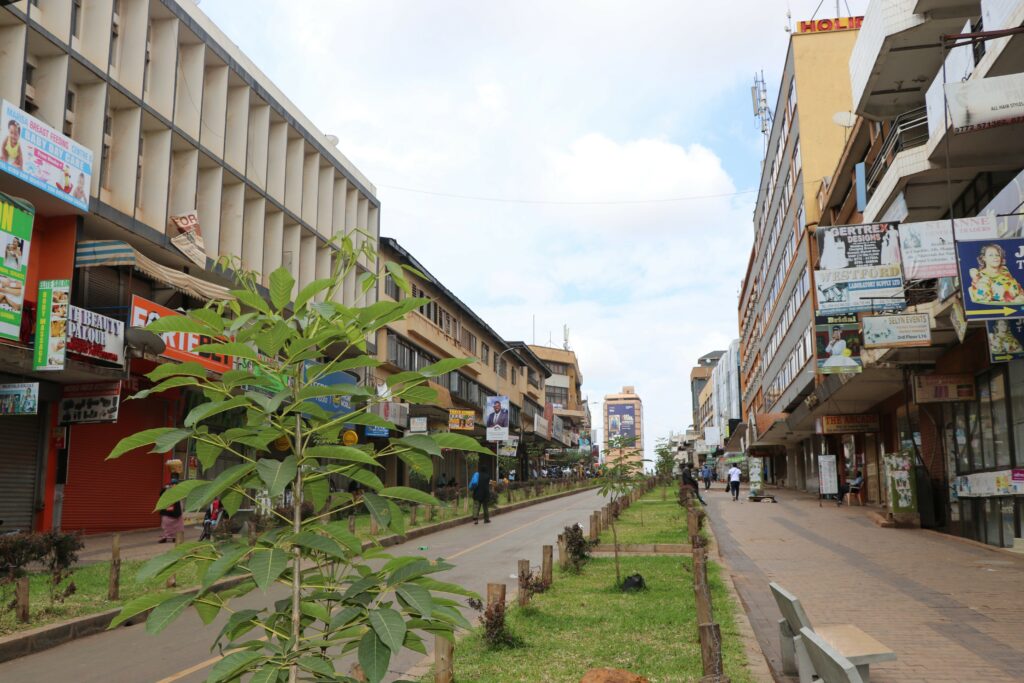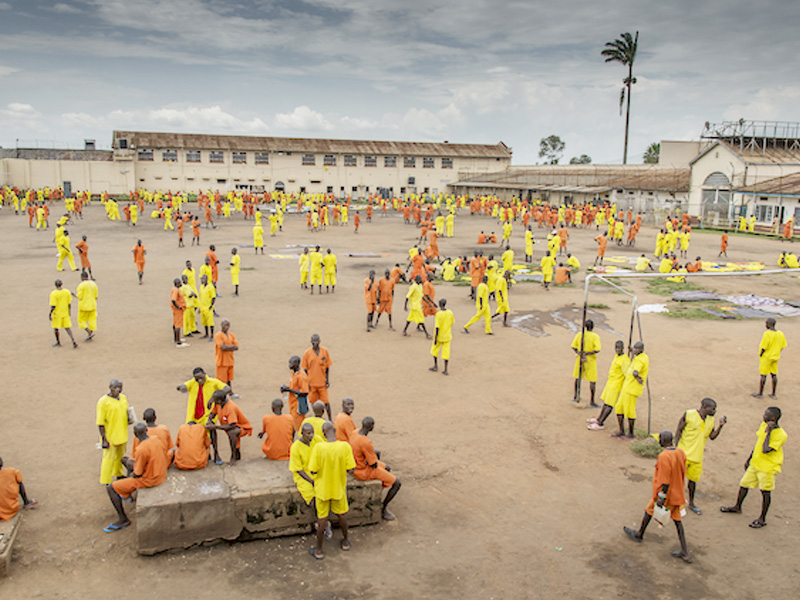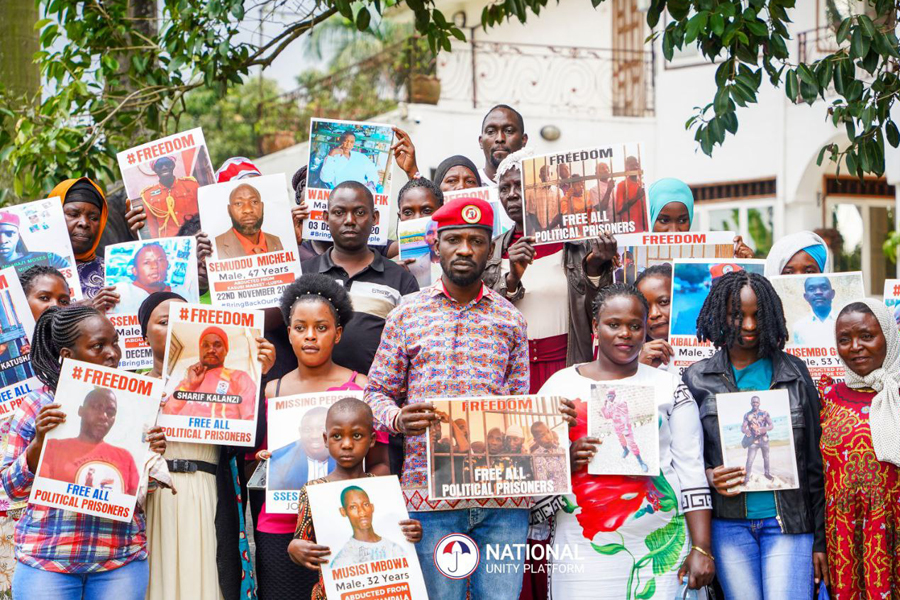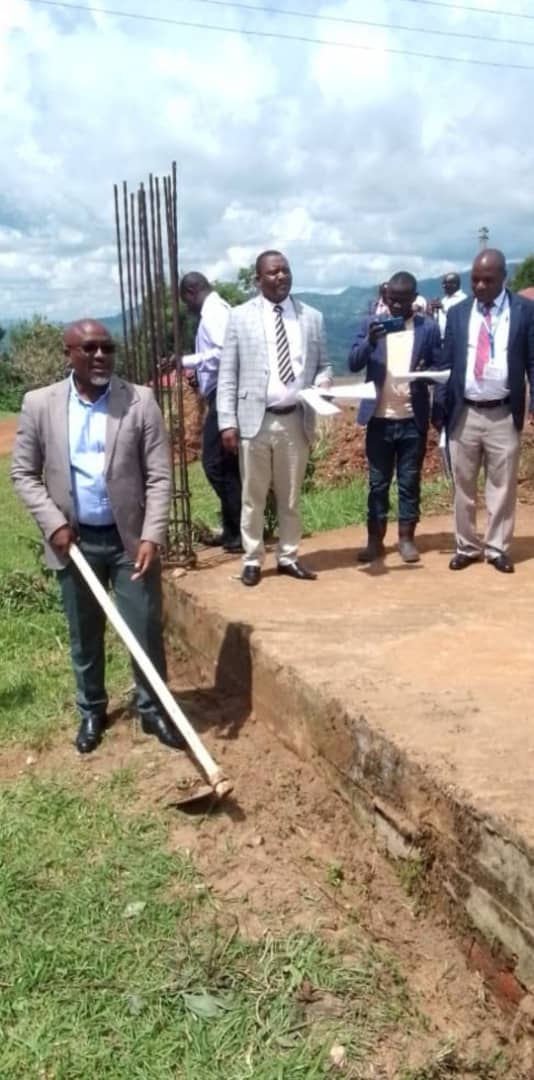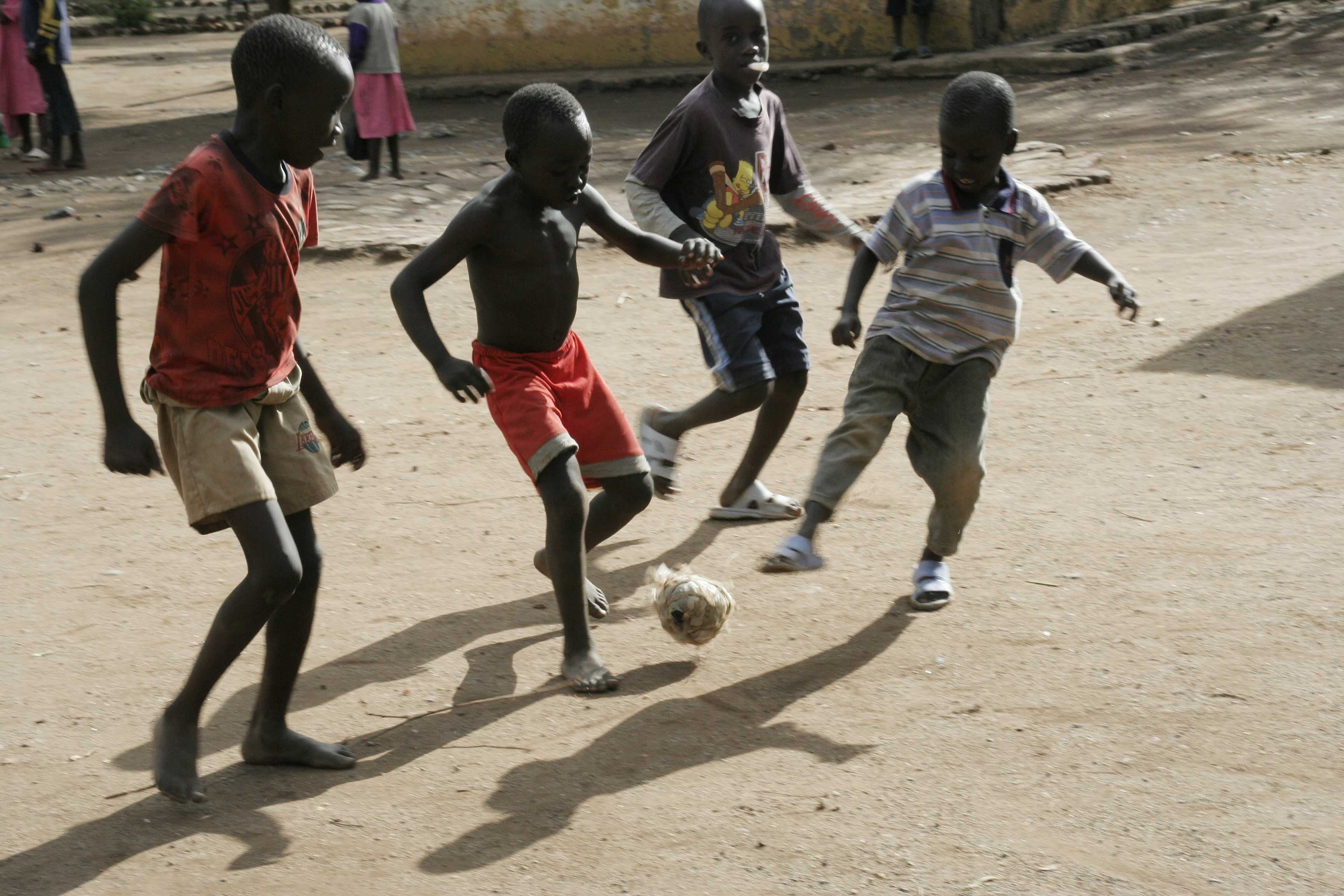AMISOM commanders meet to discuss this month’s drawdown of 1000 troops despite increased attacks
Commanders from the various troop-contributing countries of the African Union Mission in Somalia (AMISOM) on Sunday met in Mogadishu to discuss the planned reduction of troops from the regional peacekeeping force.
The African Union last week agreed to implement the drawdown of additional uniformed personnel by February 28 despite increased attacks by Al Shabaab militants.
Keep Reading
- > PPDA asks districts to use use alternative procurement processes to avoid returning money to consolidated fund
- > Uganda to introduce national children play day
- > Review courses before licencing universities, Tayebwa asks gov't
- > Minister Among calls for social protection for workers in informal sector
On Sunday, the commanders met in Mogadishu to discuss operational matters ahead of a two-day Operations Coordination Committee (OCC) meeting that starts on Monday, 3 February 2020 that will discuss the security situation in Somalia ahead of the implementation of the drawdown.
“The main agenda is the drawdown based on the UN Security Council Resolution of 2019, which states that we drawdown by another 1000; the general security situation and future operations, especially the rearrangement of the Concept of Operations (CONOPs) 2020,” Lt. Gen. Tigabu Yilma Wondimhunegn, the overall AMISOM force commander said on Sunday afternoon.
He urged the contingent commander to develop strategies for future operations and agree to reduce personnel without jeopardizing the security gains so far.
Early last year, it was resolved that some of the Forward Operating Bases(FOBs) for the AMISOM troops be closed as part of the wider plan to reduce troops in the horn of Africa country.
Uganda was the first African country to deploy troops under the African Union Mission in Somalia in 2007 and is currently the largest troop contributor with over 80 of the troops coming from the Pearl of Africa.
The Ugandan troops also control the largest area in Somalia after being deployed in Sector One in Benadir,(has 16 districts) Banadir, and Lower Shabelle regions having pushed Al Shabaab militants for over 200km away from Mogadishu city.
Kenyan troops are deployed in Sector Two which comprises Lower and Middle Jubba regions whereas Sector Three commanded by Ethiopia has Bay and Bakool as well as Gedo (Sub Sector 3).
Djiboutian forces man Sector 4, which covers Hiiraan and Galgaduud areas while Burundian forces are in charge of Sector 5, which covers the Middle Shabelle region.
Attacks increase
Under the planned drawdown AMISOM is required to conduct gradual handover to Somali security forces, secure main supply routes, reduce the threat posed by Al-Shabaab and conduct targeted offensive operations that support the transition plan but this seems risky according to security analysts.
In the last few months, attacks by Al Shabaab militants have gradually increased with time.
The Islamic militants have in the past one year launched several attacks in both Somalia and Kenya in which they killed at 130 people, a thing that has continued to worry security chiefs.
In December last year, Al-Shabaab killed at least 85 people in a car bomb explosion in Mogadishu.
The UPDF Deputy Chief of Defence Forces, Lt.Gen.Wilson Mbaddi recently told soldiers that at a strategic level, they are engaging international organizations to revise the resolution of the drawdown of forces in Somalia.
According to Mbaddi, the withdrawal should not be based on a specific time frame but rather when the Somalia National Army has attained the capacity to maintain their own security.
Uganda and Burundi which are the two biggest troop-contributing countries to Amisom have openly resisted the drawdown as per the United Nations Resolution 2431 and have since threatened to withdraw all their troops at once.
President Museveni recently said the UN plan for a phased withdrawal shows “lack of seriousness” in eliminating Al Shabaab from Somalia.
The Amisom countries insist that the Somali army is not yet ready to stand on its own and still needs assistance in terms of training.
UPDF’s deployment demystified the saying that AMISOM was a “dead on arrival” mission before opening the way for other countries to send armies in Somalia.
Since their expulsion from Mogadishu in 2011, Al Shabaab insurgents loom in other areas mostly in the Lower Shabelle region.


